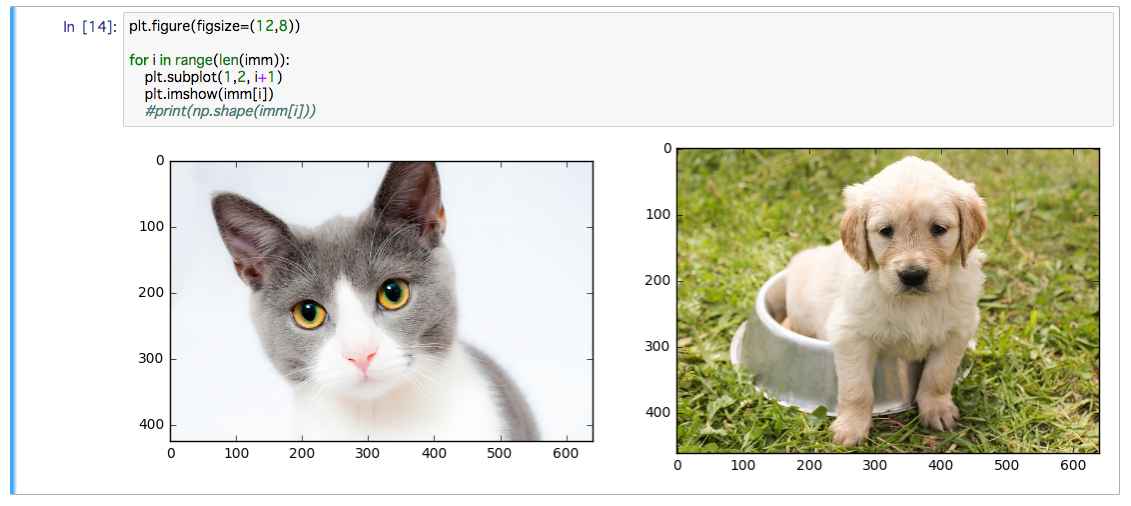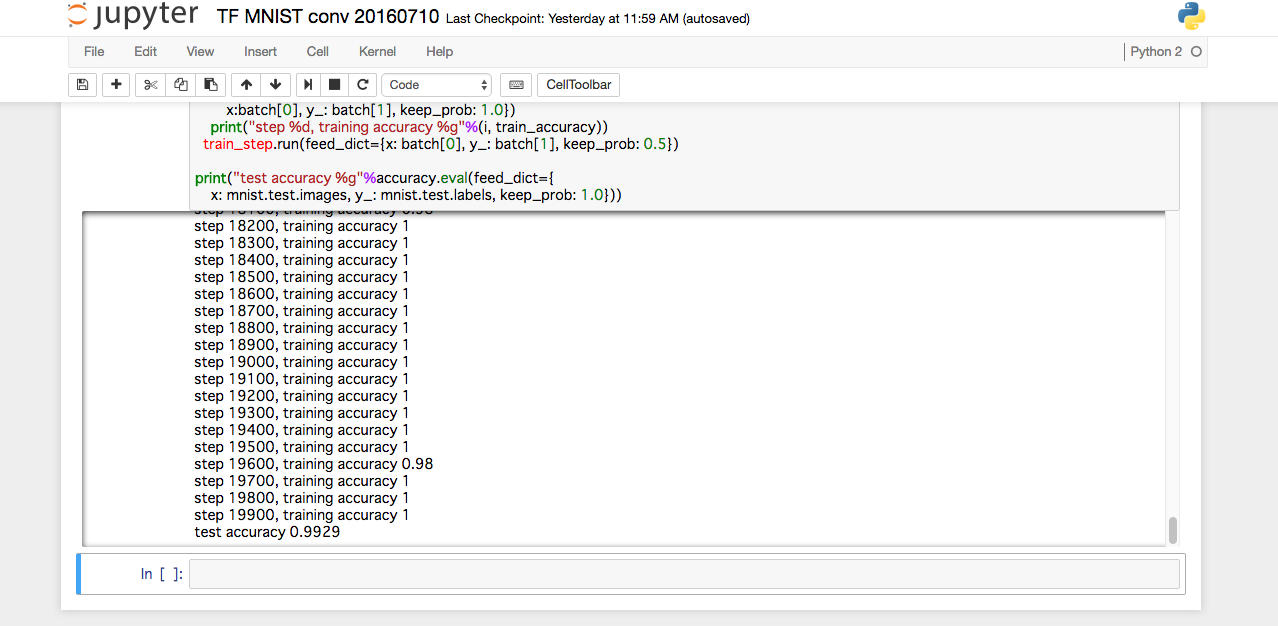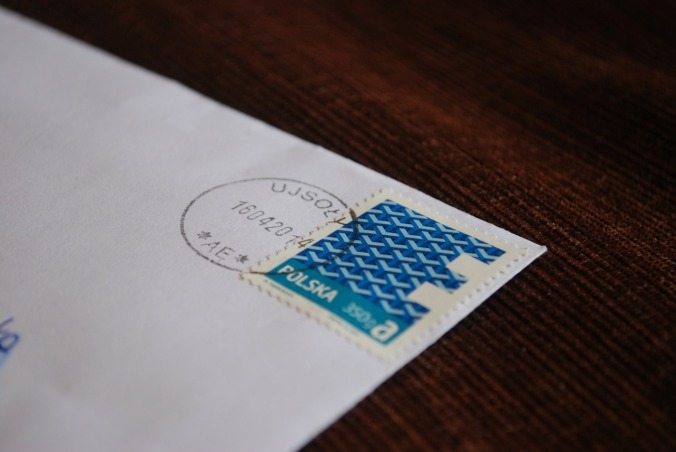
Last time, I introduced Graph Neural Networks (GNN) as a main model to analyze complex data. Let us see how GNN works in detail.
1. What Does Graph Data Look like?
Unlike tabular data, the graph has edges between nodes. It is very interesting because many things have inter relationship with each other, such as…
- Investors behavior are affected each other in financial markets
- Rumors are spread and impact people’s decisions in social network
- Consumers may like the products which are already popular in the market
- One marketing strategy affects the results of other marketing strategies in the company
- In the board game called “Go”, some part of results affect other parts of results on Go board
These structures are shown just like the graph below. It is based on the karate club data(1). Each node means each member in the club. The graph(2) shows us four groups in the club. There are edges between nodes and these structures are very important in analyzing data.
2. How can GNN models be trained?
Each node is expressed as vectors (example : [0 1 0 0 5]). It is called “node features” or just “features” in machine learning. When models are trained, each node takes the information from neighbors and is updated based on this information. Yes, it looks simple! One of the ways to take the info from neighbors is the “sum” of information from neighbors. Another is to take the average. We iterate these updates until the loss function can be converged.

It is noted that we can sum up or take the average in the same manner even if the structures of the graph are changed. This is why GNN is very flexible to design the models.
3. How can the predictions from GNN models be obtained?
After training of models, we can obtain predictions based on the graph. In GNN, there are three kinds of predictions.
- node prediction : Each node should be classified according to labels. For example, in the Karate club above, each member should be classified as the member in one of the four teams shown in the chart above.
- graph prediction : Based on the whole structure of the graph, it should be classified. For example, a new antibiotic may be classified whether it works well or not for treatments against certain diseases.
- link prediction : When each node means each customer or each product, the edges between customers and products can mean the purchase in the past. If we can create better node features based on graph structures, recommendations can be provided to inform which products you may like more accurately.

Hope you can understand how GNN works well. It is very flexible to design. Next, I would like to explain what kind of GNN models are popular in the industries. Stay tuned!
(1) Wayne W. Zachary. An information flow model for conflict and fission in small groups. Journal of
anthropological research, pp. 452–473, 1977.
(2) SEMI-SUPERVISED CLASSIFICATION WITH GRAPH CONVOLUTIONAL NETWORKS, 22 Feb 2017, Thomas N. Kipf & Max Welling
Notice: ToshiStats Co., Ltd. and I do not accept any responsibility or liability for loss or damage occasioned to any person or property through using materials, instructions, methods, algorithms or ideas contained herein, or acting or refraining from acting as a result of such use. ToshiStats Co., Ltd. and I expressly disclaim all implied warranties, including merchantability or fitness for any particular purpose. There will be no duty on ToshiStats Co., Ltd. and me to correct any errors or defects in the codes and the software.





























